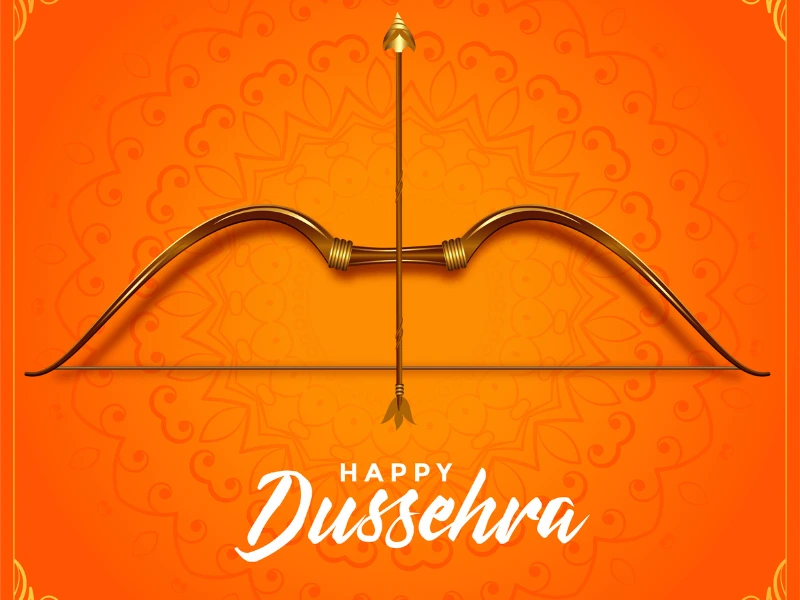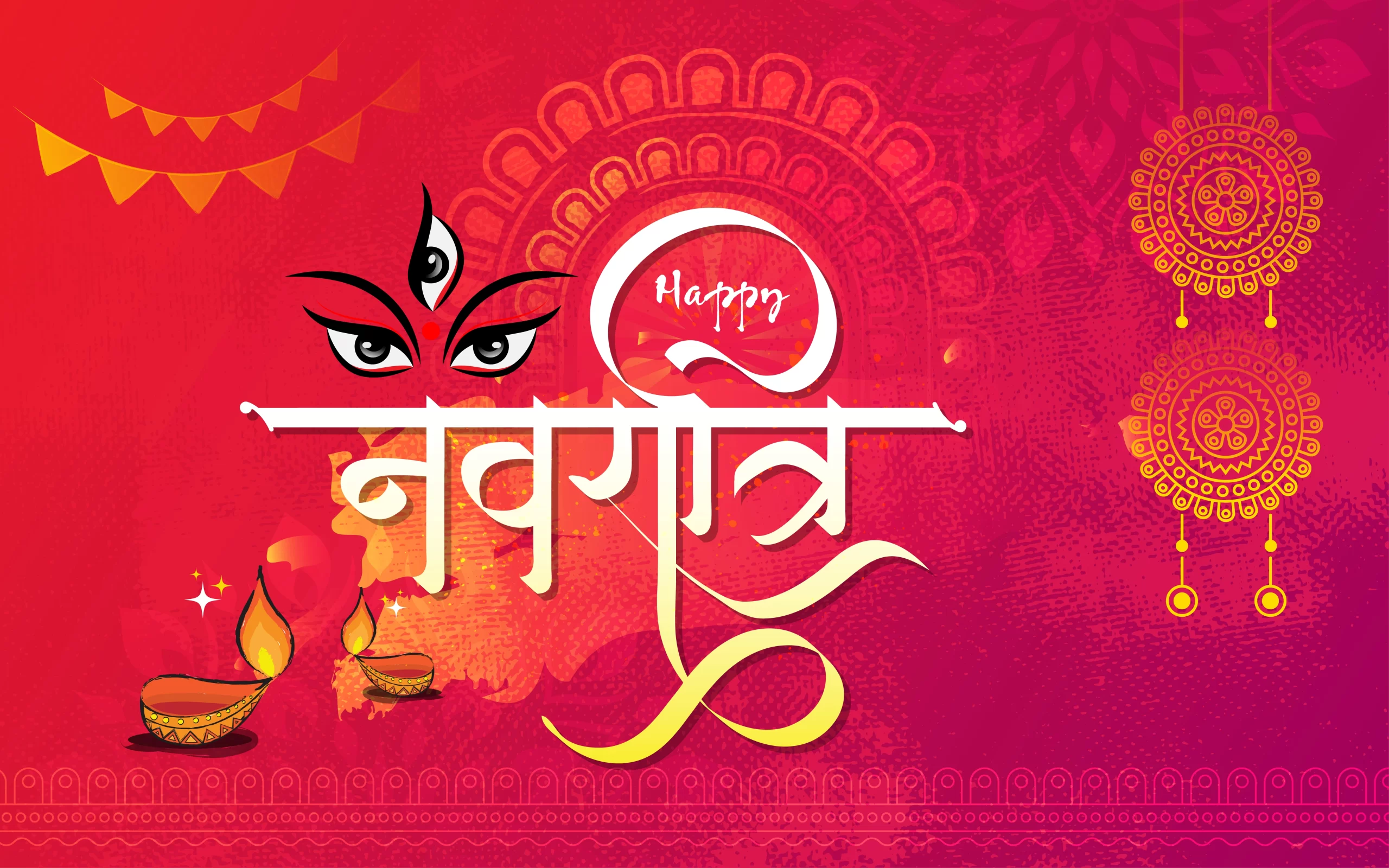Intertwined Festivals – Dussehra & Diwali

The mythological connection between Dussehra and Diwali lies in the broader narrative of the Ramayana, one of the most significant epics in Hindu mythology. Both festivals are celebrated to commemorate events from the Ramayana, with Dussehra preceding Diwali in the timeline of the epic.
Dussehra (Vijaya Dashami):
Dussehra falls on the tenth day of the bright half of the Hindu lunar month of Ashwin (usually in September or October). It is also known as Vijaya Dashami, which means “the day of victory.”
The main mythological connection of Dussehra is the victory of Lord Rama over the demon king Ravana. After a fierce battle that lasted for ten days, Lord Rama defeated Ravana on the tenth day, which is celebrated as Dussehra. It symbolizes the triumph of good (Lord Rama) over evil (Ravana).
Diwali (Deepavali):
Diwali, also known as Deepavali, is celebrated about 20 days after Dussehra, typically in October or November. It is known as the “Festival of Lights.”
The mythological connection of Diwali is linked to Lord Rama’s return to Ayodhya after his victory over Ravana. According to the Ramayana, Lord Rama, Sita, Lakshmana, and Hanuman returned to Ayodhya after fourteen years of exile, and their return was marked by the lighting of lamps and a grand celebration.
The lighting of lamps, candles, and fireworks during Diwali symbolizes the victory of light (knowledge, virtue) over darkness (ignorance, evil), and it also commemorates the joyous homecoming of Lord Rama.
Summary
The mythological connection between Dussehra and Diwali lies in the sequential events of the Ramayana. These two festivals are deeply intertwined with the epic’s narrative and carry profound spiritual and cultural significance in Hindu tradition.


